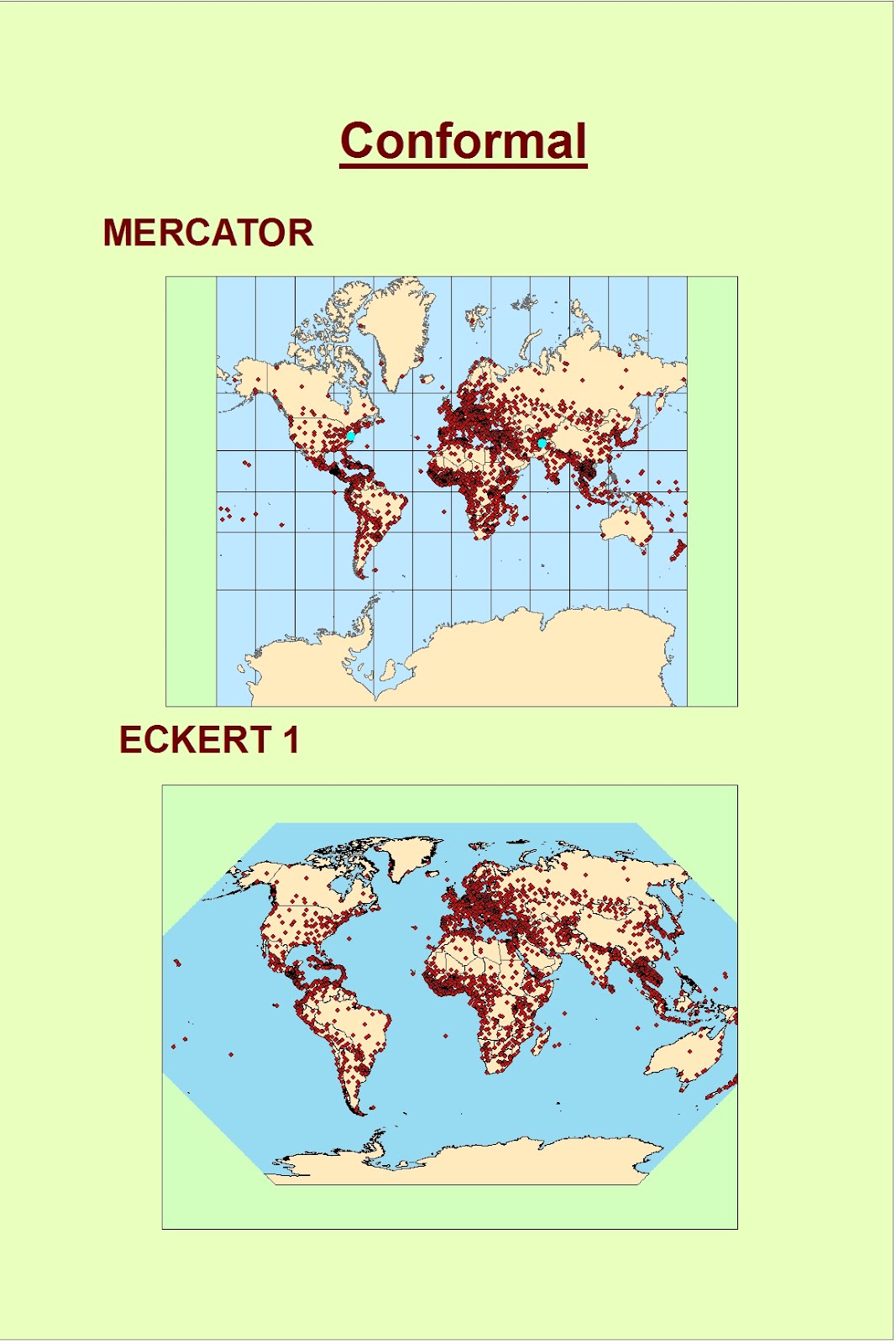

The projections from the SNc to dorsolateral striatum comprise the nigrostriatal pathway implicated in, for example, the organization of motor planning ( Joshua et al., 2009 Faure et al., 2005). Work in experimental animals has shown that these projections organize along a gradient: dopaminergic neurons in the SNc project preferentially to dorsal caudate and putamen in dorsolateral striatum, while dopaminergic neurons in the VTA project predominantly to the nucleus accumbens (NAcc) in ventromedial striatum ( Steiner and Tseng, 2016 Haber, 2014 Björklund and Dunnett, 2007). An integral structure of the dopamine system is the striatum, which receives dense dopaminergic projections from the substantia nigra pars compacta (SNc) and ventral tegmental area (VTA) in the midbrain ( Steiner and Tseng, 2016). The brain’s dopamine system plays an important role in a wide range of behavioural and cognitive functions, including movement and reward processing ( Joshua et al., 2009 Ruhé et al., 2007). Our findings provide evidence that the second-order mode of functional connectivity in striatum maps onto dopaminergic projections, tracks inter-individual differences in PD symptom severity and L-DOPA sensitivity, and exhibits strong associations with levels of nicotine and alcohol use, thereby offering a new biomarker for dopamine-related (dys)function in the human brain. Finally, across 30 daily alcohol users and 38 daily smokers, we establish strong associations with self-reported alcohol and nicotine use. Next, we obtained the subject-specific second-order modes from 20 controls and 39 PD patients scanned under placebo and under dopamine replacement therapy (L-DOPA), and show that our proposed dopaminergic marker tracks PD diagnosis, symptom severity, and sensitivity to L-DOPA. We first validated its specificity to dopaminergic projections by demonstrating a high spatial correlation ( r = 0.884) with dopamine transporter availability – a marker of dopaminergic projections – derived from DaT SPECT scans of 209 healthy controls. We applied connectopic mapping to resting-state functional MRI data of the Human Connectome Project (population cohort N = 839) and selected the second-order striatal connectivity mode for further analyses. Here, we demonstrate that ‘connectopic mapping’ – a novel approach for characterizing fine-grained, overlapping modes of functional connectivity – can be used to map dopaminergic projections in striatum. However, the investigation of dopamine-specific functioning in humans is problematic as current MRI approaches are unable to differentiate between dopaminergic and other projections. Its dysfunction has been implicated in various conditions including Parkinson’s disease (PD) and substance use disorder. The striatum receives dense dopaminergic projections, making it a key region of the dopaminergic system. Wellcome Centre for Integrative Neuroimaging (WIN FMRIB), University of Oxford, United Kingdom.

Centre for Neuroimaging Sciences, Institute of Psychiatry, King’s College London, United Kingdom.Department of Neurology, and Centre of Expertise for Parkinson & Movement Disorders, Radboud University Medical Centre, Netherlands.Institute of Biomedicine of Seville (IBiS), Spain.Department of Communication and Cognition, Tilburg Centre for Cognition and Communication, Tilburg University, Netherlands.Turner Institute for Brain and Mental Health, School of Psychological Sciences, and Monash Biomedical Imaging, Monash University, Australia.Department of Cognitive Neuroscience, Radboud University Medical Centre, Netherlands.Donders Institute for Brain, Cognition and Behaviour, Radboud University Medical Centre, Netherlands.


 0 kommentar(er)
0 kommentar(er)
